No products in the cart.
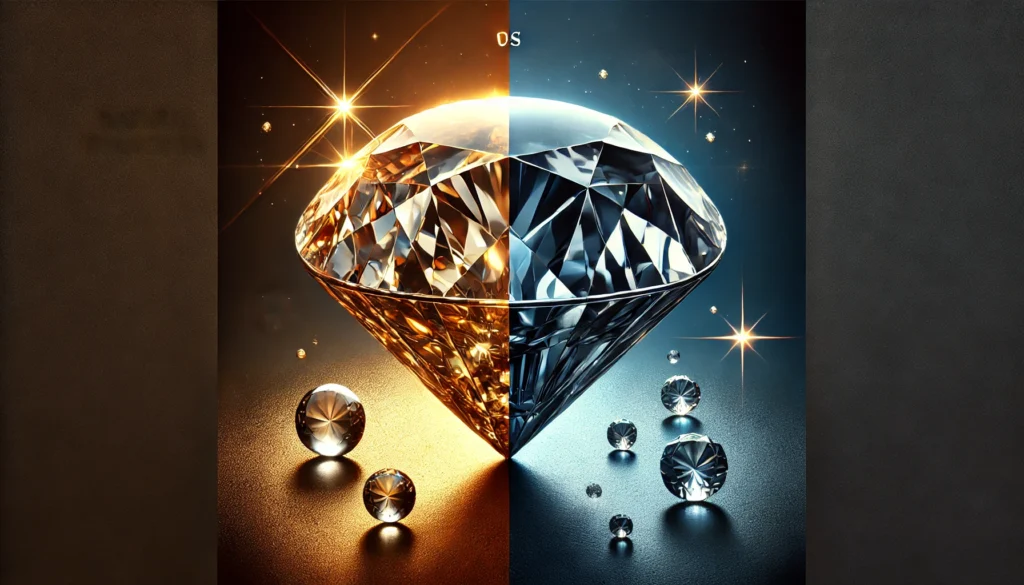
March 6, 2025
There’s a fundamental principle in business: If you want to make your line bigger, draw a bigger line; don’t waste time trying to erase someone else’s.
Yet, for the past few years, that’s exactly what we’ve witnessed in the diamond industry. Ever since lab-grown diamonds (LGDs) entered the market, the conversation has been dominated by natural vs. lab-grown diamonds; a never-ending comparison over which is better, which is more valuable, and which will stand the test of time.
Natural diamond stakeholders point fingers at LGDs, saying they hold no heritage, and no lasting value. On the other hand, LGD proponents retaliate by emphasizing the environmental impact of natural diamond mining.
And what has this back-and-forth achieved? A market that is losing clarity, trust, and most importantly: customers.
There is no reason why natural and lab-grown diamonds cannot coexist and thrive. They are not interchangeable products competing for the same position; they are distinct categories with their own identities, appeals, and consumer bases.
Natural diamonds have their strengths: rarity, heritage, and emotional significance. They carry stories of time, tradition, and legacy.
Lab-grown diamonds have their strengths: accessibility, innovation, and a modern appeal. They cater to a growing audience that values technology, sustainability, and affordability.
When we try to invalidate one category to promote another, we don’t strengthen our own position, we weaken the credibility of the entire industry.
For Instance, When LGDs are misrepresented, they are not positioned correctly as a product. This does more harm than good. Instead of drawing a clear line between what LGDs are and who they appeal to, misleading narratives create doubt, leaving consumers uncertain, skeptical, and hesitant to buy either.
The reality is, natural diamonds and LGDs serve different purposes, appeal to different consumers, and hold different value propositions. But when one category is marketed at the expense of the other, it creates confusion. And when consumers are confused, they do the only rational thing: they step back. They delay purchases. They begin questioning the authenticity, price, and long-term worth of both categories. The industry, as a whole, suffers, which is exactly what we are experiencing now.
Also, here is a food for thought: LGDs are here to create a gateway of aspiration; an entry point for consumers who want to experience the beauty of a diamond before making a larger investment. For many, it’s a starting point, a way to enjoy and understand diamonds before they eventually invest in a natural one. Instead of seeing LGDs as competition, we should see them as an introduction; helping more people step into the world of diamonds and, over time, grow their appreciation for the rarity and heritage of natural diamonds.
A recent example of this flawed approach is the oversimplification of LGD detection. One of the campaigns suggested that identifying LGDs is a straightforward process, implying that a quick visual inspection or basic screening tool is enough.
Anyone familiar with diamond testing knows that’s simply not true as it is a really complex process.
If it were that easy, why would the industry be investing in high-tech spectrometers, fluorescence detectors, and advanced screening machines? LGDs are not simulants; they are chemically and optically identical to natural diamonds. Identifying them requires precision, expertise, and the right technology.
By oversimplifying detection, these campaigns don’t just mislead customers; they undermine the knowledge and expertise of the very professionals who run this industry: gemologists, jewelers, graders, and retailers. If we want consumers to trust the industry, we cannot afford to misrepresent the facts.
Industry leaders: Councils, Associations, and Major Industry’s players must take responsibility for shaping the right message.
We are not just representatives of one category or another. We are stakeholders of the diamond industry as a whole. Our job is not to mislead; it’s to educate, inform, and empower customers with the truth.
Education is not just an option; it is the strongest marketing tool we have.
As an edupreneur, I’ve always maintained a neutral stance. My role is to NOT pick sides but to ensure that information is accurate, transparent, and valuable.
And the truth is, this isn’t a battle between competitors; it’s like a war within the family.
Natural diamonds and LGDs each have their place in the market. The future will not be determined by who shouts the loudest but by who educates the best.
It’s time for the industry to move beyond fear-driven messaging and step into fact-driven leadership.
If we want to secure a thriving future for diamonds; both natural and lab-grown; the solution is simple: Stop shrinking other’s lines. Start drawing your own bigger ones.

The idea of “Stop shrinking others’ lines. Start drawing your own bigger ones.” is inspired by the famous Akbar and Birbal story, where Birbal extended a line instead of erasing the other; proving that true greatness comes from growth, not from diminishing others.

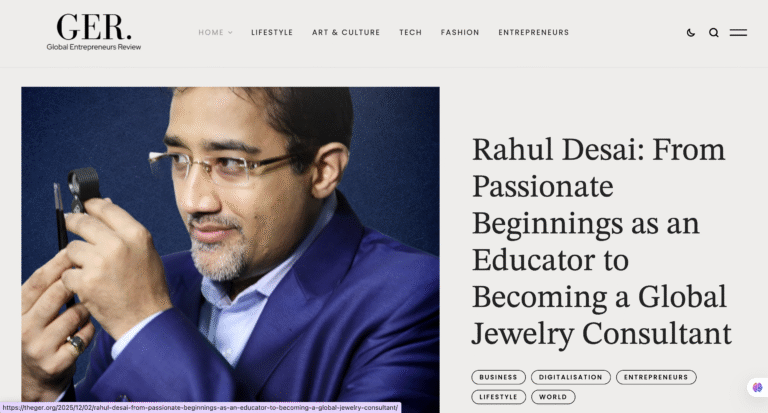
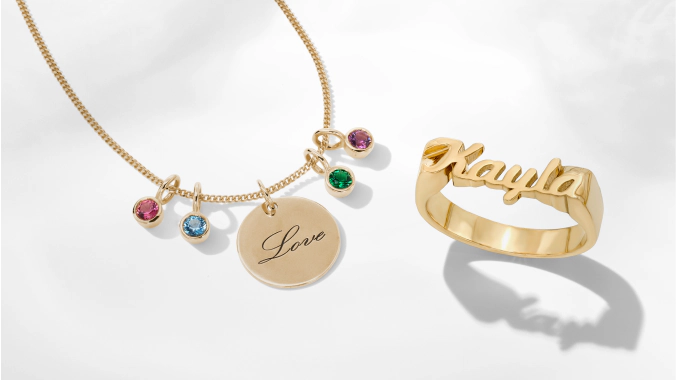
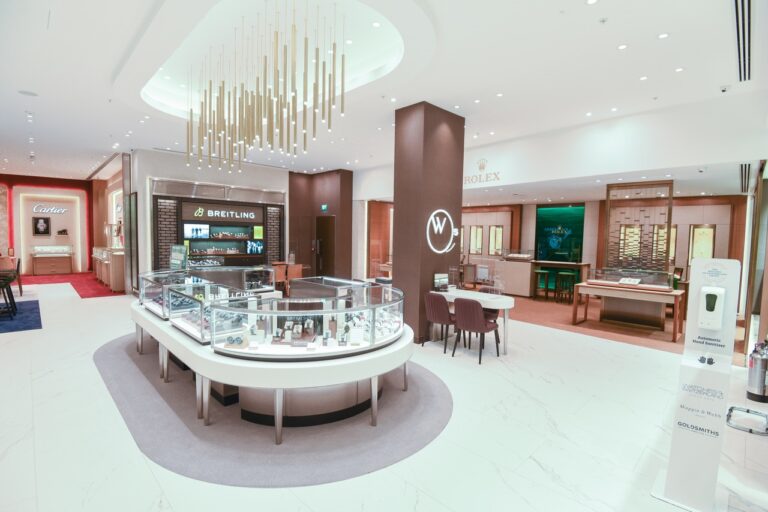

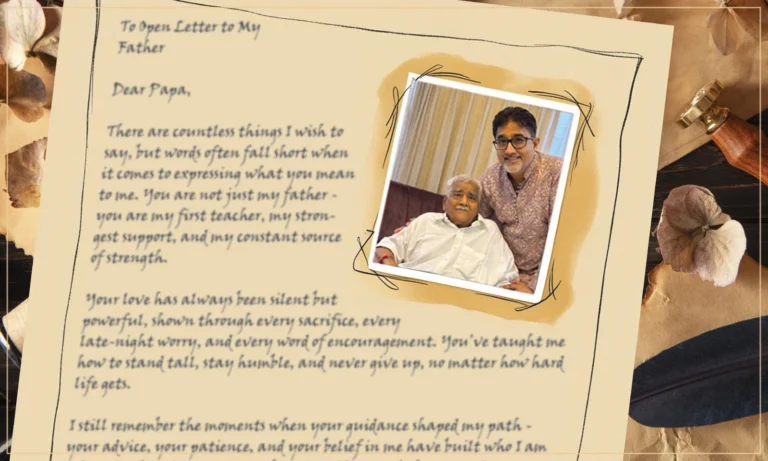
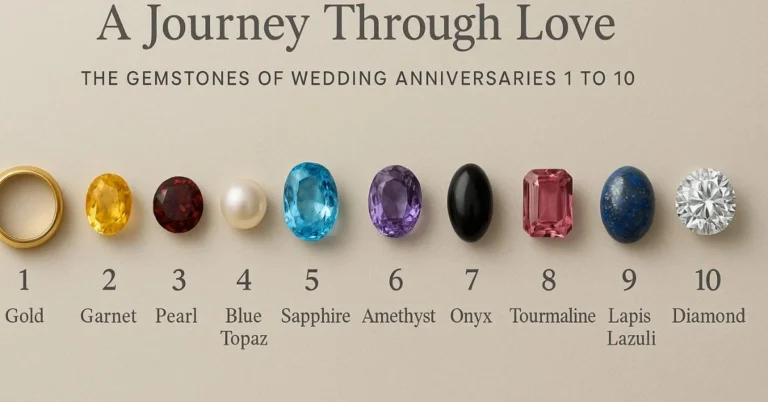
Not a member yet? Register now
Are you a member? Login now